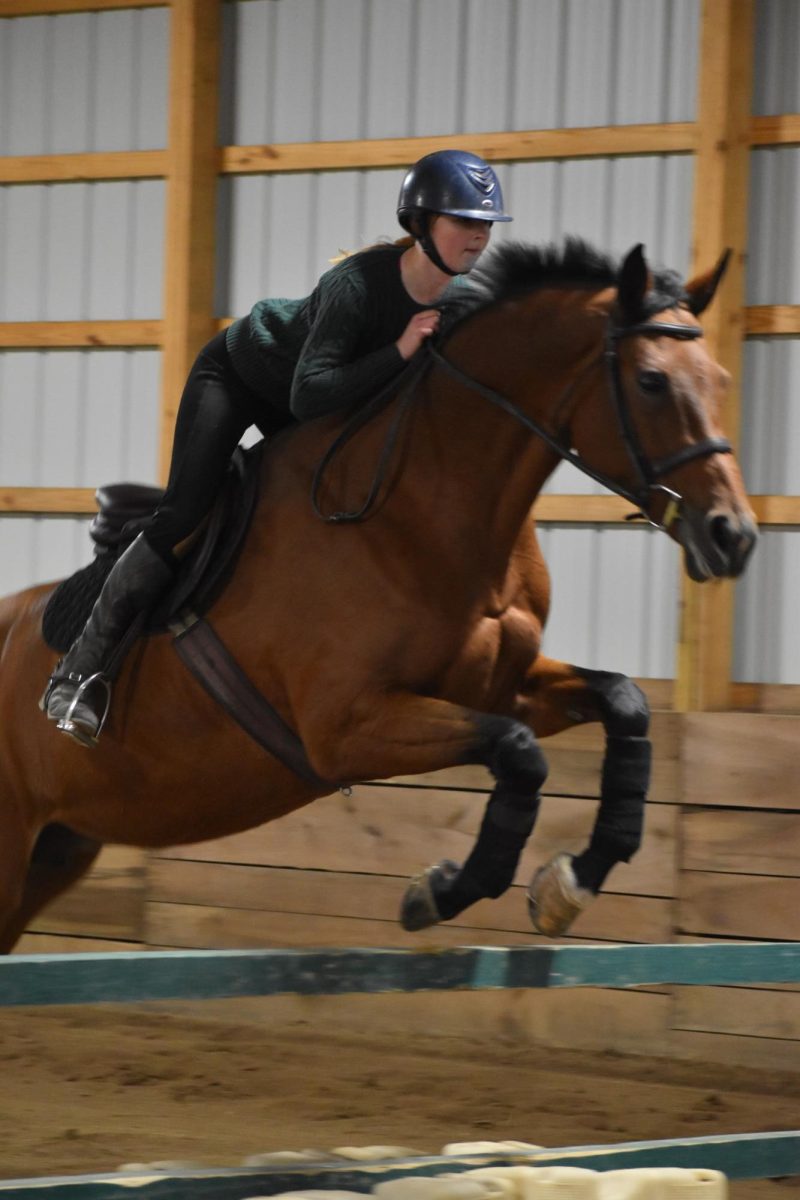By Renny Logan ([email protected])
Twenty years ago this month, a myriad of change was occurring in music. Amid the decline of punk and the rise of metal, a smaller movement began with the Stray Cats.
 It was the Stray Cats’ interesting blend of punk undertones and rockabilly style in addition to guitarist and vocalist Brian Setzer’s finesse for jazz guitar that would forever etch the band into music history. While the mainstream potential of the band’s music caused the rockabilly underground to hate it, the integration of punk angered rockabilly purists.
It was the Stray Cats’ interesting blend of punk undertones and rockabilly style in addition to guitarist and vocalist Brian Setzer’s finesse for jazz guitar that would forever etch the band into music history. While the mainstream potential of the band’s music caused the rockabilly underground to hate it, the integration of punk angered rockabilly purists.
However, in order to understand the contrast of the sounds the Stray Cats had melded together, it is pivotal to have an understanding of rockabilly. The genre, formed and popularized by the likes of Buddy Holly and the Crickets, Big Bopper and early Elvis Presley, was a combination itself of country bluegrass and early rock with a slight integration of blues and jazz.
Built for Speed was the epitome of the Stray Cats’ sound. Beginning with the famous, or infamous, depending on perspective, “Rock This Town,” the album comprises the band’s best-known hits as well as fans’ hidden treasures. Of the 12 albums the band has produced, Built for Speed is the one that deserves a spot on any music aficionado’s shelf.
The album progresses through fan favorites such as “Rev It Up and Go” and “Rumble In Brighton” as well as a couple chart-toppers like “Stray Cat Strut” and “Runaway Boys.”
Full of rebellious lyrics, an out-of-control tone and an upbeat jazz sound, the record sounds as though it’s made for cruising in a Cadillac and looking for trouble. With tracks like “Rev It Up and Go” and “Double Talkin’ Baby,” the listener can’t help but tap his foot, at the very least.
Accompanying the rebellious lyrics is a carefree attitude, which is almost similar to the party mind set of the glam music popular at that time. In contrast to glam bands like Van Halen, the Stray Cats had a simple stage show which focused solely on the music.
Within each song, rockabilly is the prevailing influence in terms of appearance, lyrics and style; however, the band manages to integrate subtle punk undertones into each aspect as well, especially seen in the rebellious attitude and tattoos sported by each of the three members. The band’s integration of 1970’s punk into the 1950’s rockabilly style contributed to the formation of the subsequent genre “psychobilly” and left room for “gothabilly” as well.
In this, the band’s lasting influence, though seemingly small, can be seen. The Stray Cats’ momentary domination soon returned to its home, the underground, which is where the trio’s influence would reach its bounds.
It seems surprising that a band whose start looked so promising, having toured with the likes of Stevie Ray Vaughn and ZZ Top in the 20 years following their formation, would fall so quickly from the limelight.
Ultimately, it was the band’s premature break-up a mere four years following its formation that pulled the plug on its promising career. Personal disputes within the band ultimately caused a loss of the momentum the band had gained. The band’s lack of work ethic upon reaching success drove Setzer to move onto his own project, the Brian Setzer Orchestra.
Though the band would join off and on since their second break up in 1986 for reunion shows and such, they never again enjoyed widespread success as a band.


































![British royalty are American celebrities [opinion]](https://hilite.org/wp-content/uploads/2024/03/Screenshot-2024-03-24-1.44.57-PM.png)



















![Chelsea Meng on her instagram-run bracelet shop [Biz Buzz]](https://hilite.org/wp-content/uploads/2024/04/IMG_2446-1200x838.jpg)
![Review: Quiet on Set: The Dark Side of Kids TV is the long awaited exposé of pedophilia within the children’s entertainment industry [MUSE]](https://hilite.org/wp-content/uploads/2024/04/unnamed.jpg)
![Review: “The Iron Claw” cannot get enough praise [MUSE]](https://hilite.org/wp-content/uploads/2024/04/unnamed.png)
![Review: “The Bear” sets an unbelievably high bar for future comedy shows [MUSE]](https://hilite.org/wp-content/uploads/2024/03/unnamed.png)
![Review: “Mysterious Lotus Casebook” is an amazing historical Chinese drama [MUSE]](https://hilite.org/wp-content/uploads/2024/03/0.webp)
![Review in Print: Maripaz Villar brings a delightfully unique style to the world of WEBTOON [MUSE]](https://hilite.org/wp-content/uploads/2023/12/maripazcover-1200x960.jpg)
![Review: “The Sword of Kaigen” is a masterpiece [MUSE]](https://hilite.org/wp-content/uploads/2023/11/Screenshot-2023-11-26-201051.png)
![Review: Gateron Oil Kings, great linear switches, okay price [MUSE]](https://hilite.org/wp-content/uploads/2023/11/Screenshot-2023-11-26-200553.png)
![Review: “A Haunting in Venice” is a significant improvement from other Agatha Christie adaptations [MUSE]](https://hilite.org/wp-content/uploads/2023/11/e7ee2938a6d422669771bce6d8088521.jpg)
![Review: A Thanksgiving story from elementary school, still just as interesting [MUSE]](https://hilite.org/wp-content/uploads/2023/11/Screenshot-2023-11-26-195514-987x1200.png)
![Review: When I Fly Towards You, cute, uplifting youth drama [MUSE]](https://hilite.org/wp-content/uploads/2023/09/When-I-Fly-Towards-You-Chinese-drama.png)
![Postcards from Muse: Hawaii Travel Diary [MUSE]](https://hilite.org/wp-content/uploads/2023/09/My-project-1-1200x1200.jpg)
![Review: Ladybug & Cat Noir: The Movie, departure from original show [MUSE]](https://hilite.org/wp-content/uploads/2023/09/Ladybug__Cat_Noir_-_The_Movie_poster.jpg)
![Review in Print: Hidden Love is the cute, uplifting drama everyone needs [MUSE]](https://hilite.org/wp-content/uploads/2023/09/hiddenlovecover-e1693597208225-1030x1200.png)
![Review in Print: Heartstopper is the heartwarming queer romance we all need [MUSE]](https://hilite.org/wp-content/uploads/2023/08/museheartstoppercover-1200x654.png)






















![Review: Ladybug & Cat Noir: The Movie, departure from original show [MUSE]](https://hilite.org/wp-content/uploads/2023/09/Ladybug__Cat_Noir_-_The_Movie_poster-221x300.jpg)

![Review: Next in Fashion season two survives changes, becomes a valuable pop culture artifact [MUSE]](https://hilite.org/wp-content/uploads/2023/03/Screen-Shot-2023-03-09-at-11.05.05-AM-300x214.png)
![Review: Is The Stormlight Archive worth it? [MUSE]](https://hilite.org/wp-content/uploads/2023/10/unnamed-1-184x300.png)

